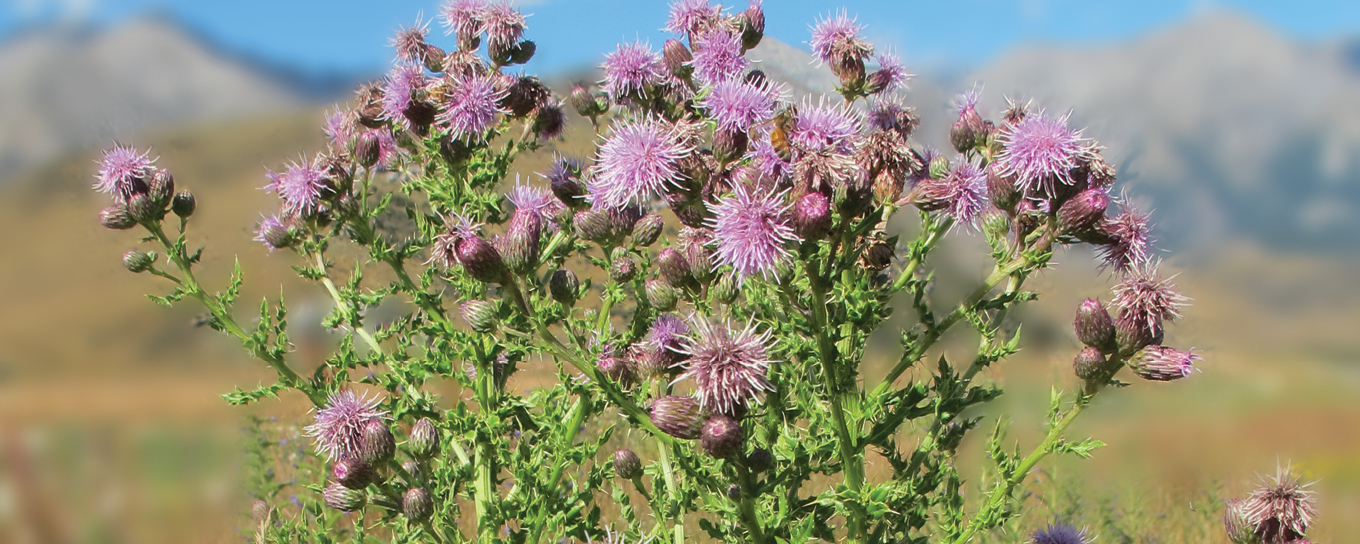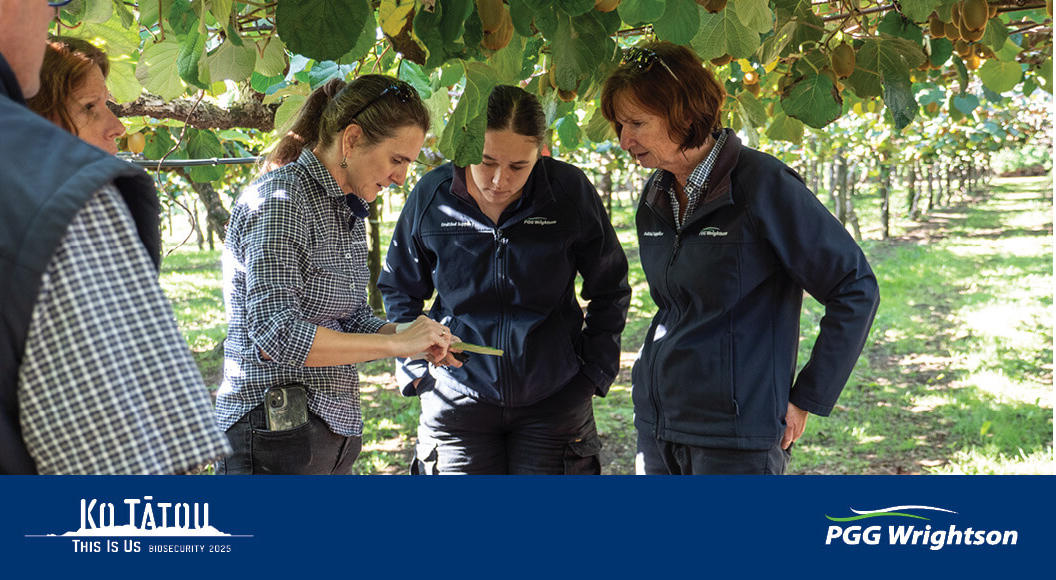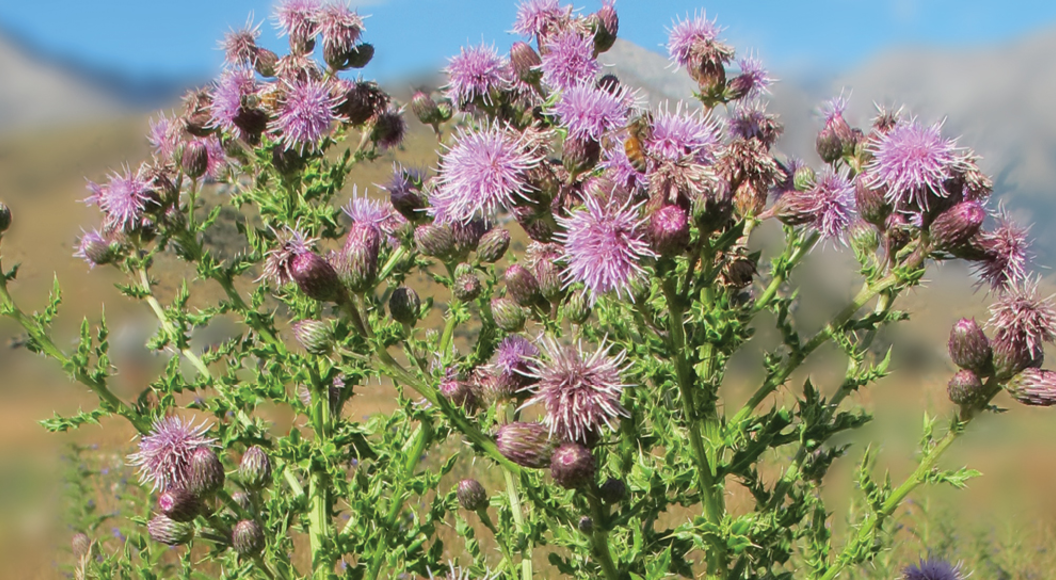
Perennial weed control in new and established pastures
Perennial weeds grow from one year to the next, usually from a large root system or root chip. New generations usually flower and seed in late summer and the parent plant normally shuts down over winter, lives off the energy reserves in its roots, then wakes up in the spring to continue growing.
Perennial weeds in new pasture become yield-taking because they are already established and compete with the small seedlings of a new pasture from the start. Their head start in establishment ensures the domination battle for space, light and nutrients is already won, and the seedlings of the new pasture plant species lose. This partial or total domination of the pasture leads to poor feed yields, quality and sometimes animal health issues.
Some examples of perennial weeds include Californian thistle, couch, dock and buttercup. Both perennial and annual weeds establish themselves in the pasture where there are gaps either caused by insect or grazing damage. Once there is an area of bare soil, weed seeds can colonise and grow, so over-sowing or under-sowing more pasture seed can help fill these gaps. Where there are perennial weeds already growing from roots or shoots, these bare areas are colonised quickly, and over-sowing or under-sowing won’t help.
Most clover safe selective herbicides can be quite unreliable at controlling perennial weeds and often require repeat applications to reduce the root biomass, which is the energy source of the perennial weed. A combination of grazing, mowing and spraying may keep the leaf area small on the weed, which will suppress the amount of growth below ground. In many situations, the only real alternative is to start again by spraying with glyphosate and reseeding.
It is critical that you use an appropriate dose rate of good quality glyphosate sprayed when the weed is actively growing and there is enough green leaf area to take up sufficient chemical. Leave cultivations for at least three to five days to allow translocation of the glyphosate to the roots of the perennial weeds.
For advice controlling perennial weeds, contact your local PGG Wrightson Technical Field Representative.
Top Tips:
- Know what weeds you are dealing with and their life cycle to time your best control strategy.
- Avoid damage to pasture, gaps allow weeds to establish. Over-sow or under-sow pasture to fill gaps before perennial weeds colonise.
- Mowing and grazing, as well as well-timed selective herbicide, remove aerial growth and reduce the weed's ability to grow a bigger root system.
- Selective herbicides often require more than one application.
- If all else fails, spray-out and start again.
- For spray-out use, an appropriate dose of a quality glyphosate and spray the weed when it is actively growing with enough green leaf area, for instance around 10 cm, to ensure good coverage and uptake.
- Do not cultivate for at least three to five days.
Gary Bosley


